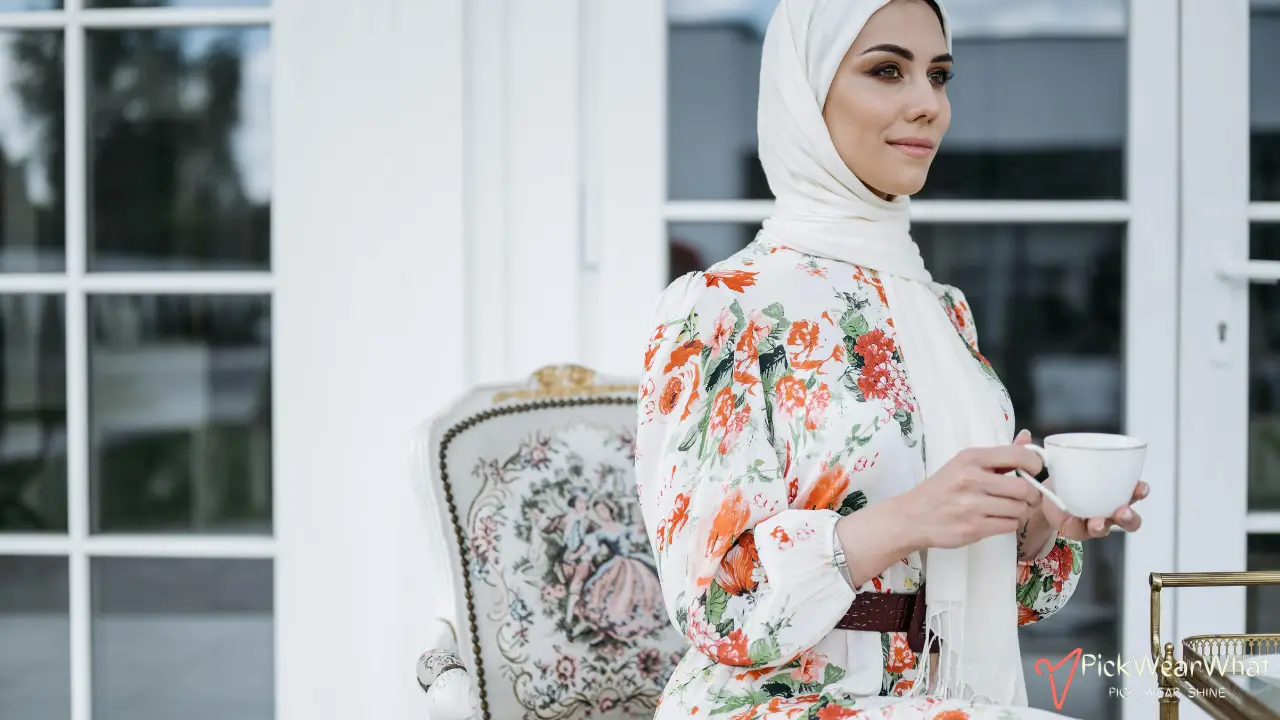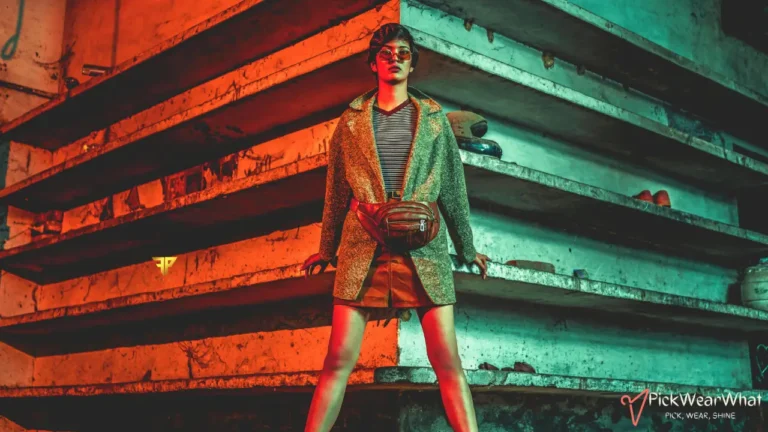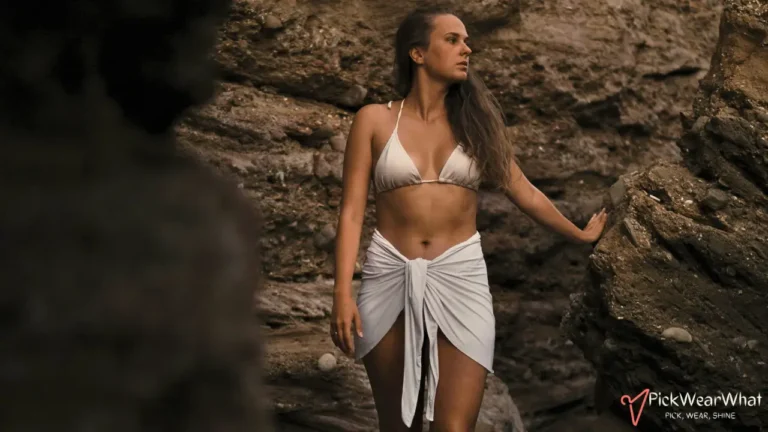Tying a scarf on your head in Arabic style is a beautiful and practical way to enhance your look, whether you’re going for a traditional or modern appearance. From the classic keffiyeh wrap to elegant hijab-inspired styles, there are various techniques that can help you achieve a chic and modest look. These styles not only provide comfort but also reflect cultural significance and elegance.
Personally, I’ve found that learning these styles has been a fun journey. It’s amazing how something as simple as a scarf can completely transform your look and make you feel connected to rich cultural traditions. It’s definitely worth experimenting with different styles to find the one that best suits your personality!
1. Classic Keffiyeh Wrap
The classic keffiyeh style is iconic and versatile, perfect for both casual and formal occasions. This look is often associated with the traditional keffiyeh or shemagh.
Steps to Tie:
- Fold the scarf into a triangle.
- Place the longest edge of the triangle along your forehead, letting the two ends hang down on either side.
- Cross the ends behind your head and bring them back to the front.
- Tie a knot at your forehead or tuck the ends under for a clean look.

2. Emirati Ghutra Style
This style is formal and structured, commonly seen in Emirati fashion. The ghutra is known for its neat, tailored look.
Steps to Tie:
- Fold the scarf into a triangle and then fold the longest edge inward to reduce its width.
- Place the folded edge above your eyebrows, letting the ends drape over your shoulders.
- Twist both ends and wrap one around your forehead, tucking it at the back.
- Repeat with the other end to ensure a snug fit.
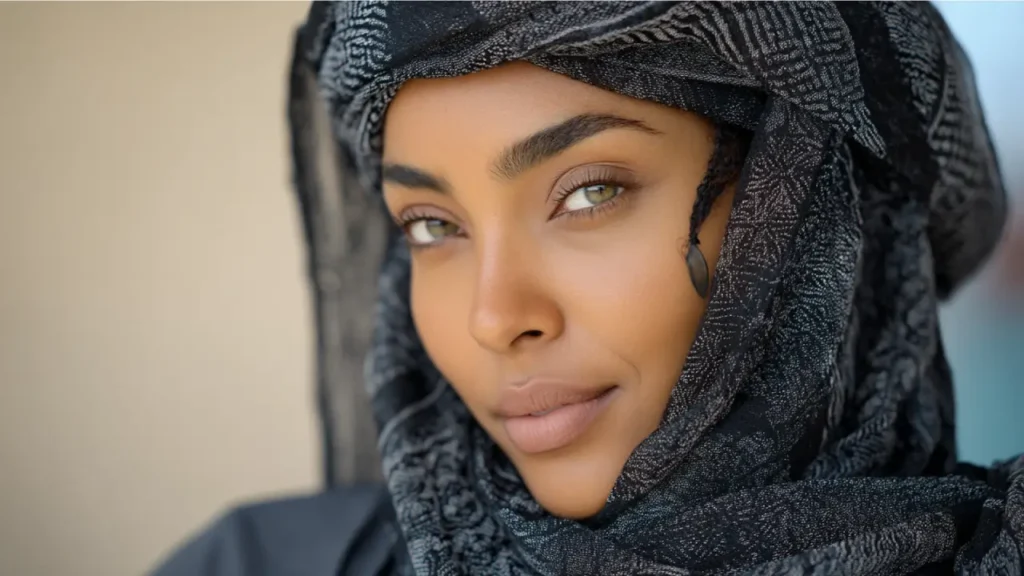
3. Flowy Headdress Style
The flowy headdress style is casual yet elegant, perfect for showing off the scarf’s fabric and patterns while maintaining a relaxed look.
Steps to Tie:
- Fold the scarf into a triangle.
- Drape it over your head so that one end is longer than the other.
- Let the shorter end hang over your chest, while wrapping the longer end around your lower face or neck.
- Adjust for comfort and style.

4. Hijab-Inspired Arabic Style
This style blends modesty with elegance, often worn in various parts of the Middle East. The hijab-inspired style is simple yet effective in framing the face beautifully.
Steps to Tie:
- Place a rectangular scarf over your head with one side longer than the other.
- Pin the shorter side under your chin using a snag-free safety pin.
- Take the longer side, wrap it around your neck, and drape it over your shoulder or chest.
- Adjust the scarf to frame your face neatly.
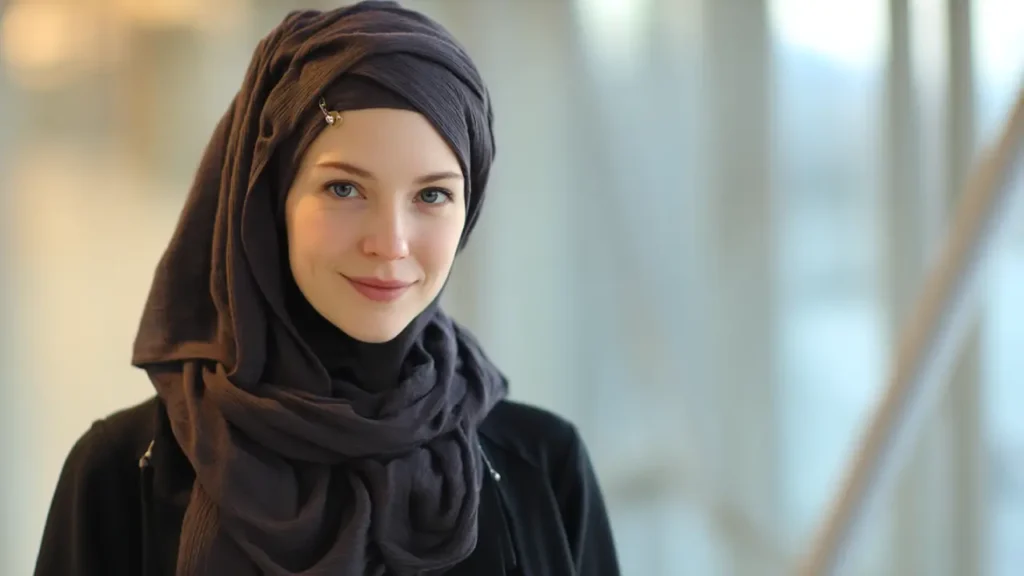
5. Rosette Wrap
For a touch of decoration, the rosette wrap is a creative and artistic way to wear your scarf. This style adds a unique twist to your look, perfect for special occasions.
Steps to Tie:
- Fold the scarf into a triangle and place it on your head as in the classic wrap.
- Twist both ends tightly and coil them into a rosette shape near one ear or at the top of your head.
- Secure the ends by tucking them in.
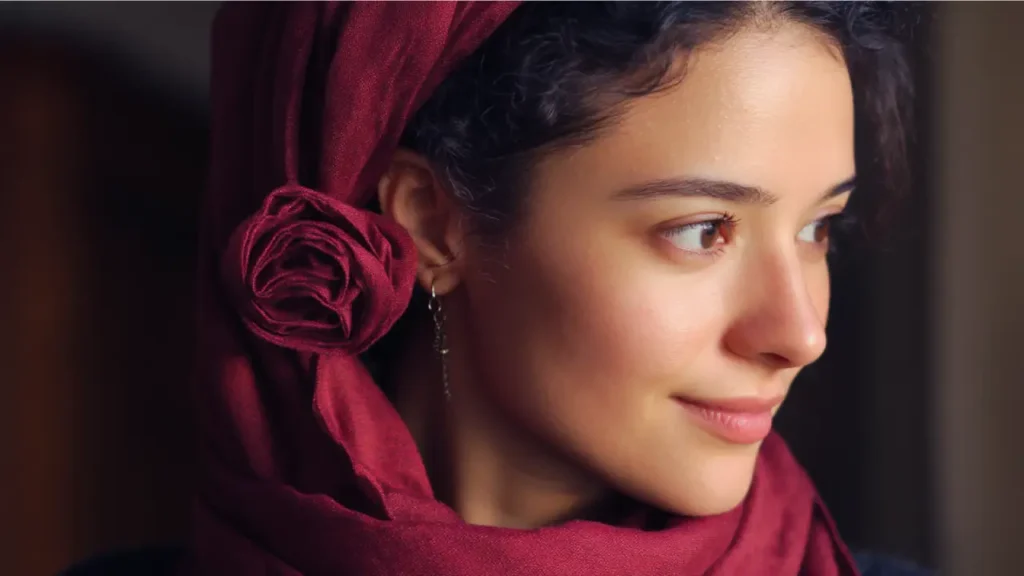
Popular Scarf Fabrics for Arabic Styles
Choosing the right fabric for your Arabic headscarf can make a big difference in comfort and appearance. Some popular fabric choices include:
- Cotton: Lightweight and breathable, perfect for warmer climates.
- Silk: Elegant and smooth, ideal for formal occasions.
- Chiffon: Soft and flowy, adds a graceful touch to any style.
- Wool: Best for cooler weather, providing warmth and style.
How to Choose the Right Scarf Style for Your Face Shape?
Not all scarf styles suit every face shape. Here’s how to select the best headscarf style for your face:
- Oval Face: Most styles will suit you, from a flowy headdress to a classic keffiyeh wrap.
- Round Face: Go for styles that elongate your face, like the hijab-inspired look with a draped side.
- Heart-Shaped Face: The rosette wrap or Emirati ghutra style helps balance your features.
- Square Face: Soft, flowy styles like the flowy headdress style can soften the angular features.
Final Thoughts
Each of these Arabic scarf styles provides a unique way to express personal style and tradition. Experiment with different fabrics, patterns, and accessories to create the perfect look for any occasion. Whether you prefer the clean lines of the Emirati ghutra or the relaxed flow of the headdress, there’s a style for every woman.

